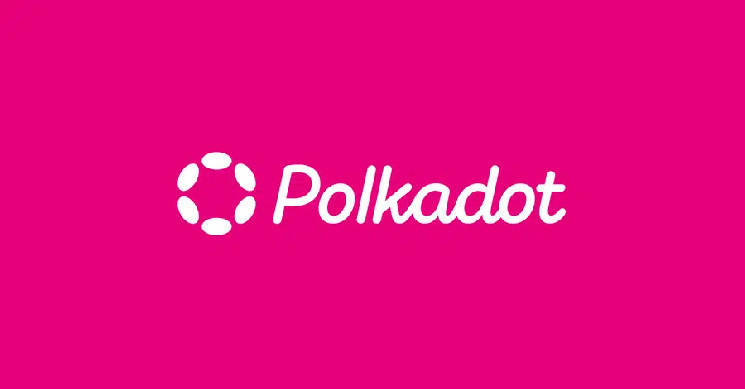- Gavin Wood unveils the JAM Protocol at Polkadot Decoded 2024.
- Wood emphasized the importance of distinguishing between human users and automated systems.
At the recently concluded Polkadot Decoded 2024 event, Polkadot founder Gavin Wood unveiled the JAM Protocol. JAM, which stands for Join-Accumulate Machine, is designed to tackle scalability and interoperability challenges in blockchain systems.
The protocol, first introduced at last year’s Decoded, promises to improve compatibility between smart contracts across different chains. By transitioning to the Polkadot Virtual Machine (PVM), JAM is expected to achieve a throughput of approximately one trillion EVM gas per second.
This protocol solves some of the challenges facing blockchain systems today by improving the interoperability of smart contracts across different chains. It also introduces the Polkadot Virtual Machine (PVM), which is expected to deliver “around a trillion EVM gas per second” throughput.
Wood also revealed that a JAM developer program would be launched by the Web3 Foundation to support development. The program calls for the distribution of 10 million DOT for teams developing JAM implementations ready for production in different languages.
Wood Addresses Digital Individuality Challenges
Additionally, during the presentation, Wood focused on the Sybil attack problem, which is the prevention of a single entity from creating multiple fake identities. He stressed that this idea is crucial in the blockchain and explained how it affects the game theory and the system.
Blockchain systems are based on game theory, and oftentimes, we need to limit the number of players or manage their plurality
Wood explained.
Wood distinguished between identity and individuality, clarifying that the focus is not on identifying real-world individuals but on distinguishing between devices operated by humans and automated systems. This difference is important for the proper management and distribution of resources in blockchain networks.
Moreover, Wood focused on the distinction between human users and bots as key in the digital interfaces. This differentiation influences different features of blockchain technology, such as governance and resources. Wood outlined several options for the problem, noting the difficulty of designing a decentralized system that is also Sybil-proof and that respects user privacy.
Polkadot Establishes Partnerships to Advance Blockchain Technology
As outlined in our recent blog post, Polkadot has recently partnered with the University of Buenos Aires (UBA) and Archisinal, a real-time Web3 data platform. These partnerships seek to enhance the application of blockchain technology and develop innovative learning experiences.
The collaboration with UBA has been established by the Polkadot Foundation and is aimed at investigating the potential of blockchain solutions within the university’s Artificial Intelligence Laboratory (IALAB). This partnership focuses on the creation of new blockchain technologies in the university environment in order to enhance learning and research.
As of this writing, Polkadot (DOT) is trading at $5.85, reflecting a 2.36% increase in the last 24 hours and 3% in the last seven days. DOT has a market cap of $8.41 billion and a 24-hour trading volume of $149.8 million, with its trading volume down by 6.8%. The all-time high for DOT remains $56.21.
